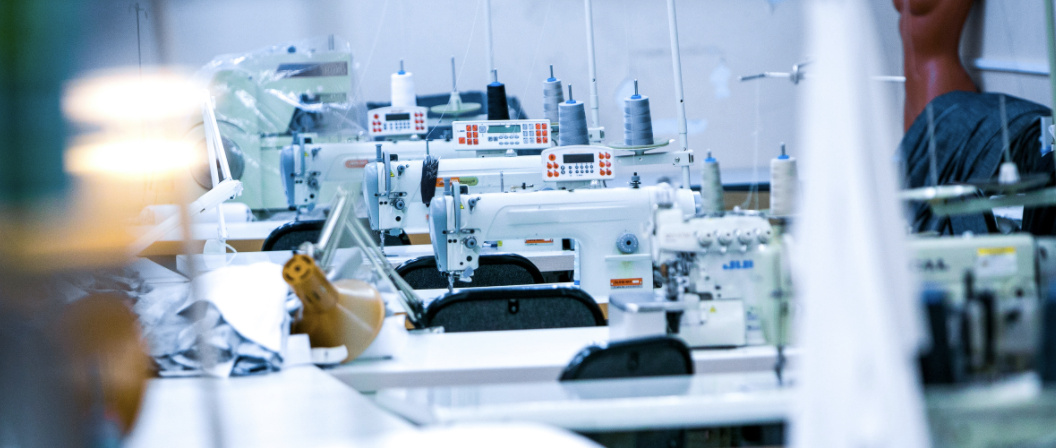Understanding MES in Fashion
by Nina Davies | April 6, 2021

What is a manufacturing execution system (MES)?
Manufacturing execution systems are computerized systems used in manufacturing to track and document the transformation of raw materials to finished goods. These systems control and monitor production processes that lead to the conversion of raw materials into finished products and help production decision makers make important decisions or detect potential problems as soon as possible, leading to increased production efficiency. MES systems can also form a link between enterprise information systems (typically an ERP system) on the one hand and systems for production process and data collection on the other.
MES systems are intertwined in all different areas of production, such as data collection, production planning and scheduling, and performance analysis. They allow companies to decrease errors in the production process while increasing efficiency and consistency. Successfully implementing an MES system can also ensure accurate data in production, reduce downtime and waste, and introduce an overall paperless production system.
Central Functions of Manufacturing Execution Systems include:
- Data collection
- Scheduling
- Staff and resource management
- Process management
- Performance analysis
- Document management
Benefits of an MES system
While an MES system can improve efficiency and consistency while reducing downtime and errors throughout the production process, an MES system can also:
- Reduce manufacturing cycle time
- Reduce or eliminate manual data entry
- Reduce inventory
- Reduce or eliminate paperwork
- Improve product quality
- Improve the planning process
- Improve reliability in data collection and planning
- Improve equipment efficiency
How do MES and ERP systems work together?
“The idea of MES might be seen as an intermediate step between, on the one hand, an enterprise resource planning (ERP) system, and a supervisory control and data acquisition (SCADA) or process control system on the other”. The implementation of an MES with an ERP system allows for integration of real-time data across the supply chain and enables manufacturers to have accurate inventory and material availability to process work orders.
Carrie Bovender, CEO and Owner of Exenta client Grand Forest stated that “due to the integration between Exenta ERP and Exenta Shopfloor Control, our operators are able to scan their own work. By not having to scan barcodes in the office, we reduced our managerial and administrative time by 80%. Basically, we saved one FTE (full time employee) who was then reallocated to a sourcing and business development role, which increased revenue opportunities.” Integrating an MES with an ERP system allows for maximum efficiency and data availability throughout the supply chain.
Shop Floor Control MES software tracks the progress of production throughout sewing operation, giving supervisors, managers and workers real-time information and notifications regarding WIP, including many aspects of workforce management such as employee productivity, labor costs, and pay rates. Using the power of Exenta Shop Floor Control MES data, manufacturers can optimize operator efficiency, offer opportunities to earn incentive bonuses, increase productivity, and improve product quality in sewing operations—all while increasing overall profitability.
Benefits of Exenta Shop Floor Control MES include:
- Real-time data collection
- Off-standard time accounting
- Worker performance feedback
- Automatically calculate payroll
- Quality control using quality performance reporting
- Plant floor visibility and control using order (WIP) tracking and line balancing tools
In order to stay ahead, manufacturers need a strong manufacturing execution system (MES). With Exenta Shop Floor Control MES, companies can depend on a system that will provide real-time data across the supply chain and can seamlessly integrate with an ERP system.
See what an advanced MES can do for your business. Request a demo today.

